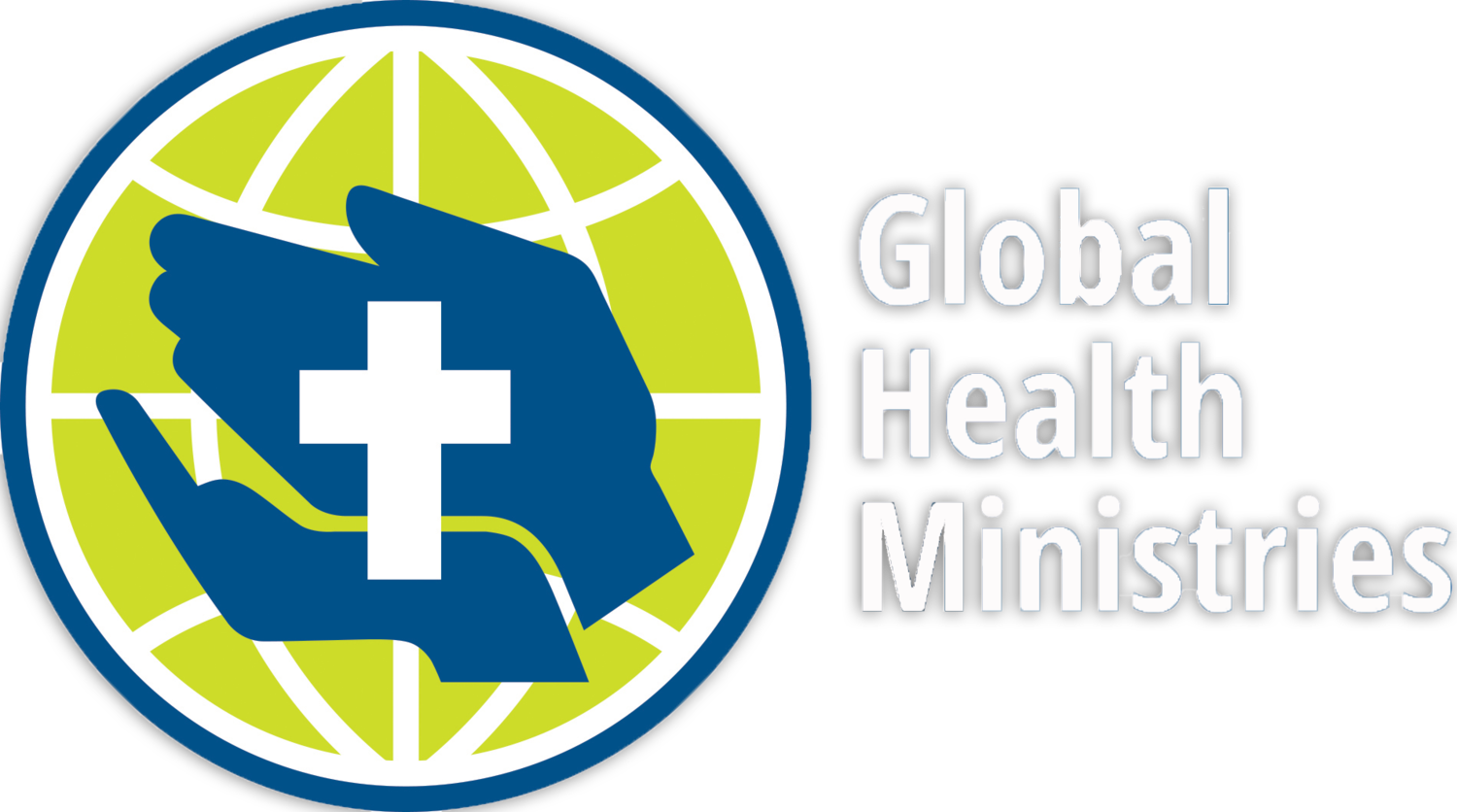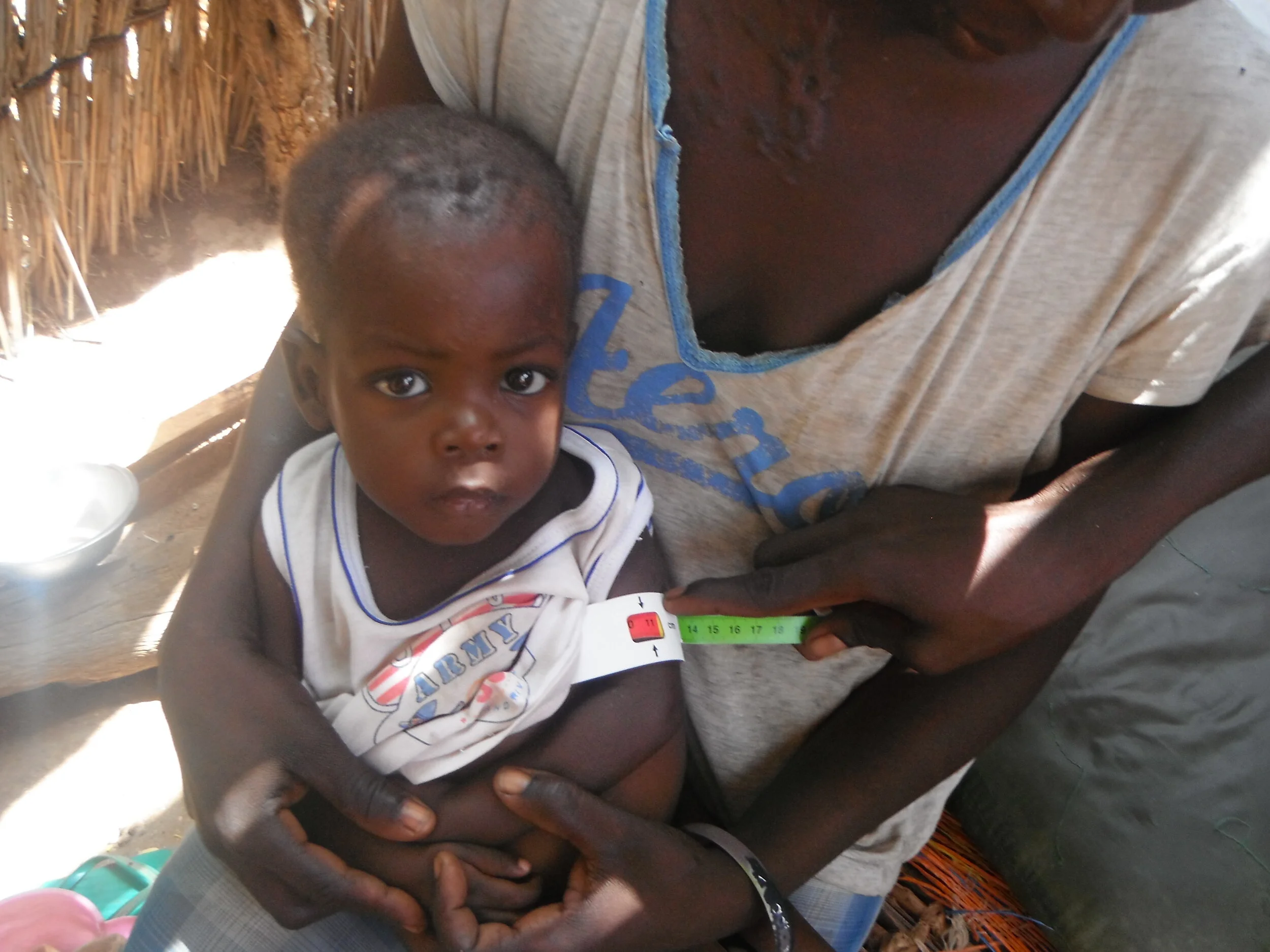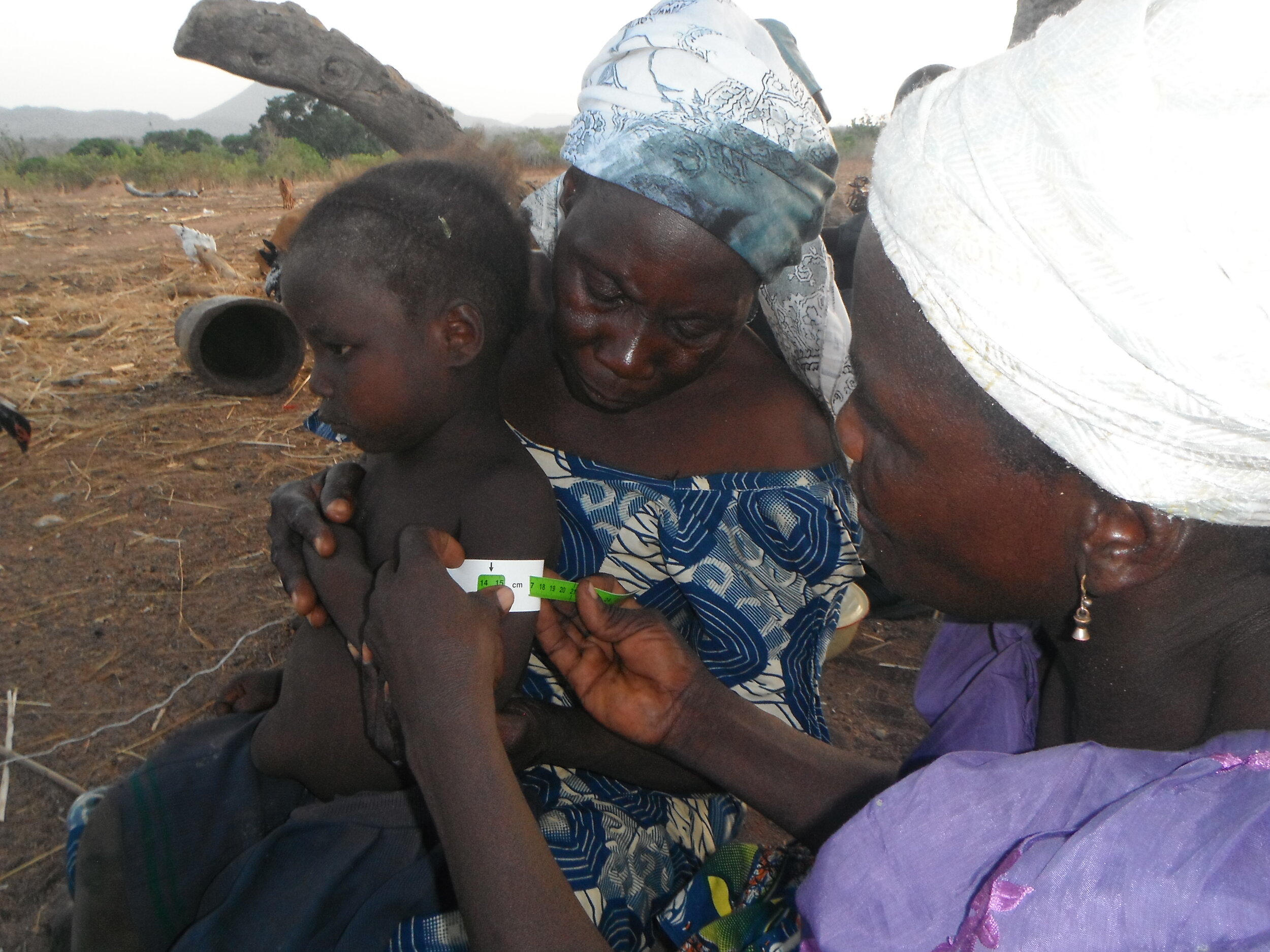Our Food Should Be Our Medicine
This is part of a communication series to health leaders in our partner countries. (sent August, 2021)
“Our food should be our medicine and our medicine should be our food.”
~ Hippocrates, physician from ancient Greece, and the first to separate medicine from religious superstition and establish it as a science based on evidence
One of the most pressing issues in global health today is food insecurity, especially for children. According to WHO, almost 200 million children experience severe malnutrition around the world. This is significant because malnutrition at an early age can lead to lifelong consequences such as stunted physical and cognitive growth, as well as increased vulnerability to disease.
Malnutrition causes many severe issues for childhood health and accounts for almost half of all child mortalities. The World Food Programme estimated that the economic hardships of the ongoing COVID-19 pandemic nearly doubled the number of people facing acute food insecurity in 2020. This devastating side-effect of COVID-19 is as detrimental to community health as the virus itself and calls for the attention of global health leaders. Perhaps more accurately, food insecurity is not a side-effect but a primary problem that is amplified by COVID-19. Unless proper nutrition is ensured for today’s children, communities will experience health consequences that will last long beyond the current pandemic.
Malnutrition is an underlying factor in about 45% of deaths in children under age 5
Some of the most prominent effects of childhood malnutrition include:
1) Stunting: stunting is defined as having low height for one’s age. This means that chronic undernourishment prevents a child from growing to its full genetic potential. Stunting is both a physical as well as a cognitive condition, meaning that it permanently reduces a child’s brain capacity as well as his/her stature.
2) Wasting: wasting is defined as having a low weight for one’s height. This means excessive weight loss over a short span of time, resulting in a dangerous deterioration of fat and musculature. Wasting also significantly reduces a child’s immune capacity, making him/her more at risk of contracting illnesses. It also greatly increases the likelihood of child mortality.
3) Immune System Problems: Scientists estimate that about 70% of our immunity is in our gut. Severely malnourished children are at a much higher risk of getting and succumbing to COVID-19 and common diseases such as diarrhea, pneumonia, and malaria. These children are more likely to experience lifelong immunodeficiency, making childhood malnutrition a long-term as well as an immediate health threat.
The Root of the Problem
Child malnutrition lies at the root of many community health crises. However, this also means that providing food and proper nutrition to children is one of the best solutions for reversing these negative issues and dramatically improving community health. Child nutrition is a decisive factor in long-term health and wellbeing:
A well-nourished child
is far more likely to survive and become a happier and more productive adult;
is more resistant to common diseases; and
has better physical and cognitive development.
Assuring access to the numerous and significant benefits of child nutrition is an issue that lies at the root of a community’s health. When this nutrition access is addressed, these benefits radiate outwards and improve numerous other aspects of communal health.
Lessons for Global Health Leaders:
“Leading economists consistently rank nutrition interventions among the most cost-effective ways to save and improve lives around the world”
What’s a Global Health Leader to do? What is priority?
Although child nutrition is a central aspect to the health of a community, it is often overshadowed by other issues such as constructing new hospitals, buying medicine, or treating other symptoms of disease. As health leaders with limited resources, we strive to help the most people for each dollar invested. Does investing in child nutrition have a greater return than investing in treating the symptoms of poor communal health?
Reducing Demand vs Increasing Supply
Investments such as building hospitals and buying medicine or medical equipment increase the supply of medical care for patients who are already ill or injured. Although important, these purchases can be costly and they do nothing to address the underlying problems affecting the community’s health.
On the other hand, investing in better nutrition directly leads to healthier people, which reduces the demand for medical care. The return on this investment is clear and more sustainable than supply-side investments because it targets a primary root cause of disease.
“Good nutrition will prevent 95% of all disease.”
~ Linus Pauling, American chemist, biochemist, author, peace activist, educator; best known for working out the nature of the chemical bond, yet he also discovered the cause of sickle cell anemia, developed an accurate oxygen meter for submarines, helped create synthetic plasma, and determined the structure of proteins, among other accomplishments.
Global health leaders ask:
How can we improve health for the most people possible with the resources we have?
How can we remove or reduce barriers to child nutrition?
Thank you for becoming fed-up with malnutrition.
The topic of this post was selected, researched and prepared by Global Health Intern Jia Qin.
Rob Thames, FACHE, FHFMA, Director, GHAP (Global Health Administration Partners)


